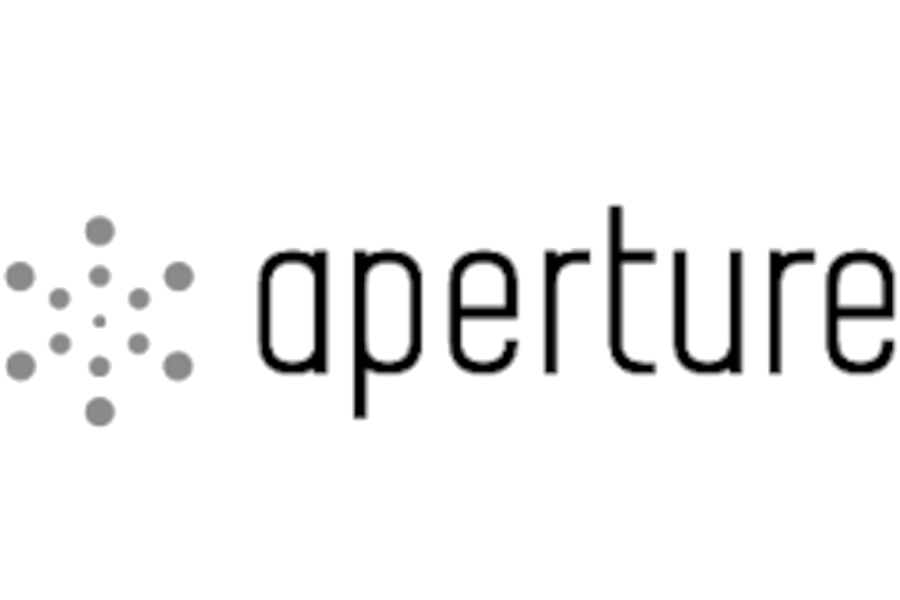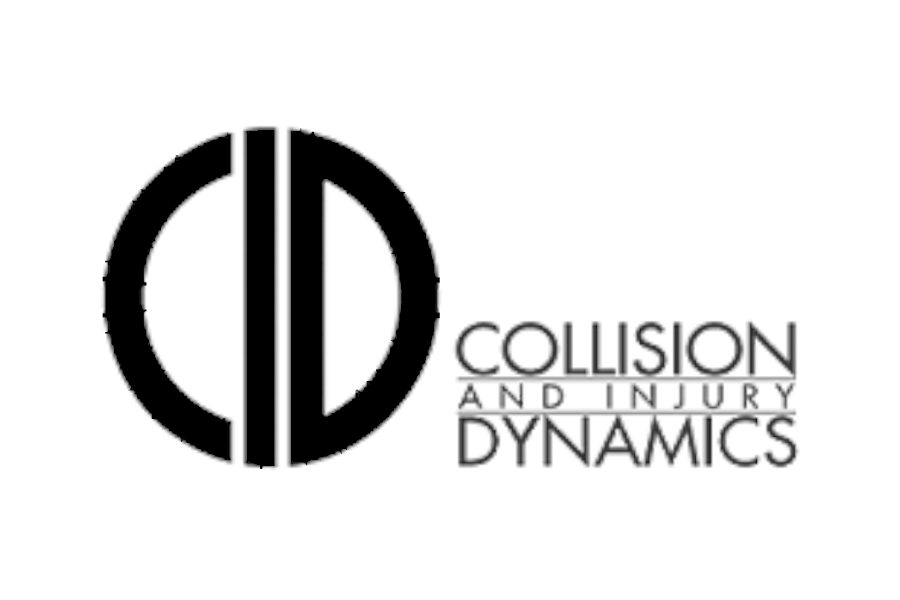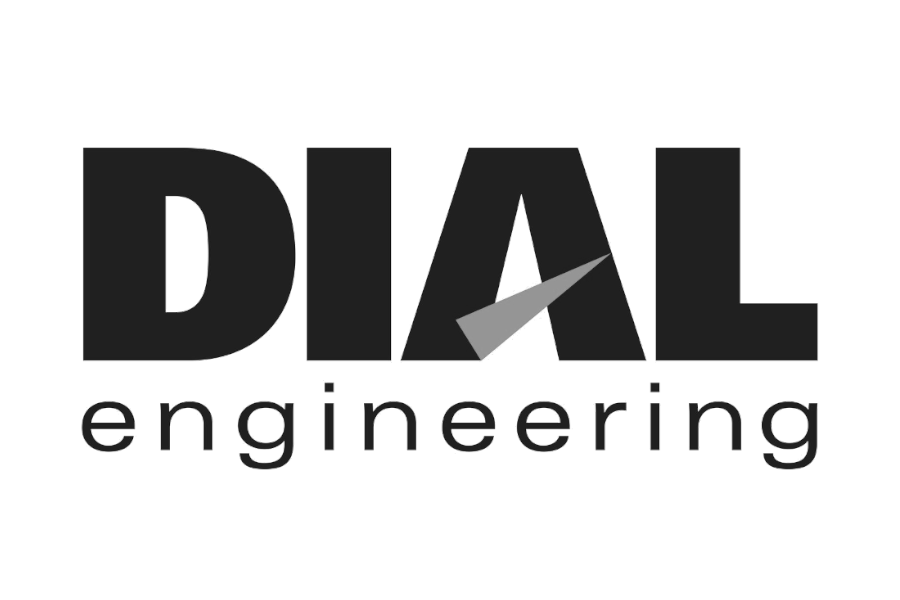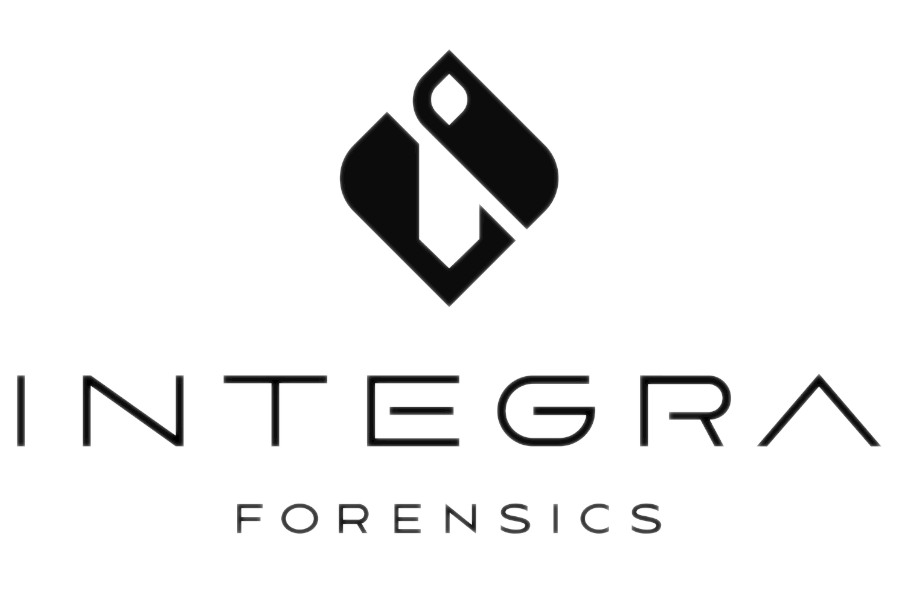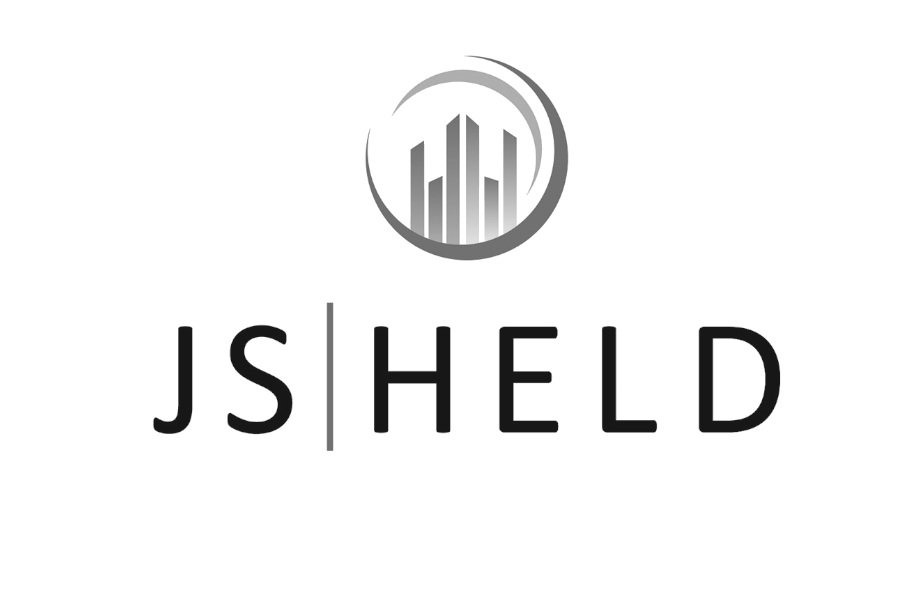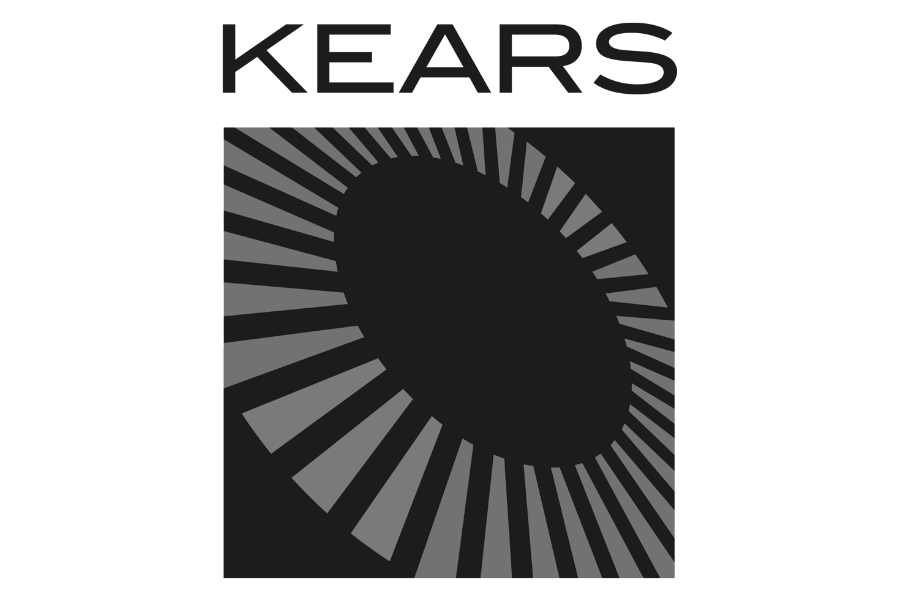sent on august 04, 2023
I’m always pumped when I find a stuck speedo or tach, a phenomenon that became more and more common as manufacturers equipped their vehicles with stepper-motor-driven instruments. However, as I suspect you know, the readings can’t always be trusted. Fortunately, Chris Goddard and Steve Anderson (the heavy truck Steve Anderson, not the motorcycle Steve Anderson) developed some criteria to help us determine when the needle position is likely to be a true reflection of the impact speed.
Fresh SAE paper on stuck speedos
In this 2022 SAE paper, Chris and Steve analyzed data from 236 crashes, which were acquired with the help of 87 colleagues (goes to show the support and camaraderie that exists in this industry). In short, they compared the stuck speedo readings to EDR data and from those comparisons were able to hone pre-existing criteria (detailed in this paper) to increase confidence in the observed needle position. When detailed constraints were applied to the dataset, the resulting standard deviations were 10% when the impact speed is over 50 kph (31 mph) and 4% when the impact speed is over 80 kph (50 mph). The specific criteria are outlined below (quoted from the 2022 paper):
The instrument must be examined in detail to determine the motor type as A, B, or C
The vehicle should have experienced a predominantly frontal impact. Type A motors can be used in side impacts.
There should be no evidence of multiple impacts.
There should be no evidence of vehicle roll over.
There should be an obvious cause of power loss identified and the loss of power should have been instantaneous. The needles of the instrument should have been protected from direct contact.
At impact speeds over 50 Km/h the difference between the speedometer reading and the EDR data has a standard deviation of 10%. At 80 Km/h the difference between the speedometer reading and the EDR data has a standard deviation of 4%. At impact speeds above 100 Km/h, the standard deviation is reduced to 3%.
If you’re looking for papers specifically on motorcycle speedos, it’s worth checking out this great paper by Paul Montalbano, et al., and this excellent one, again from Chris.
Lots to dive into here, many thanks to all the above authors for their hard work and contribution!
Lou Peck
Lightpoint | Axiom





